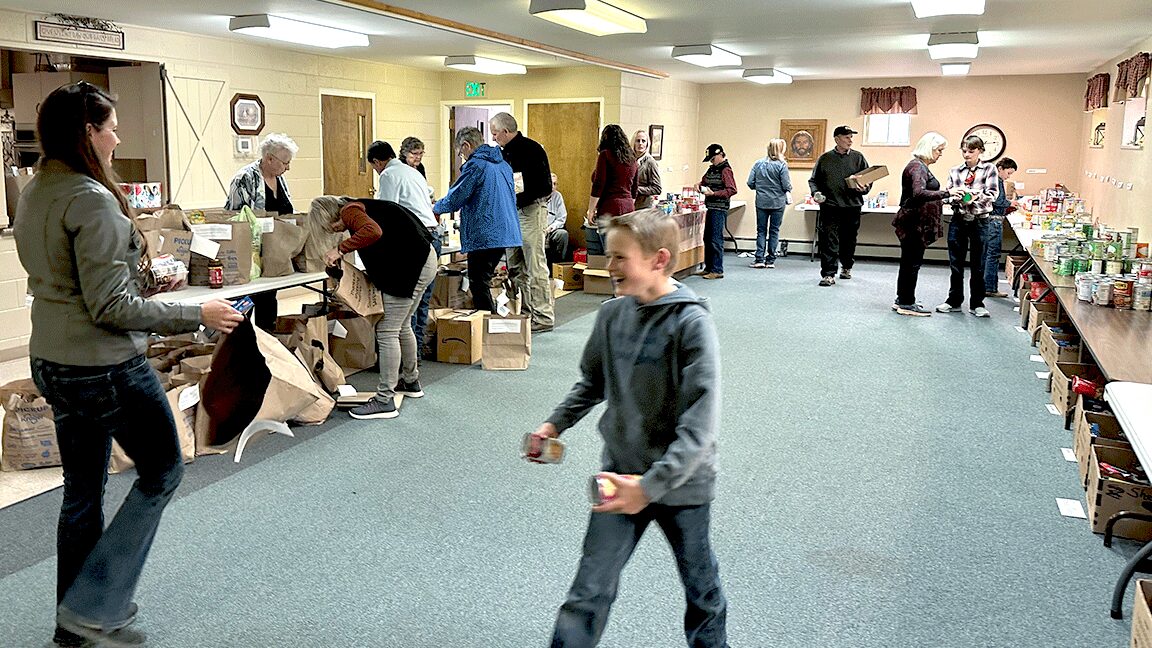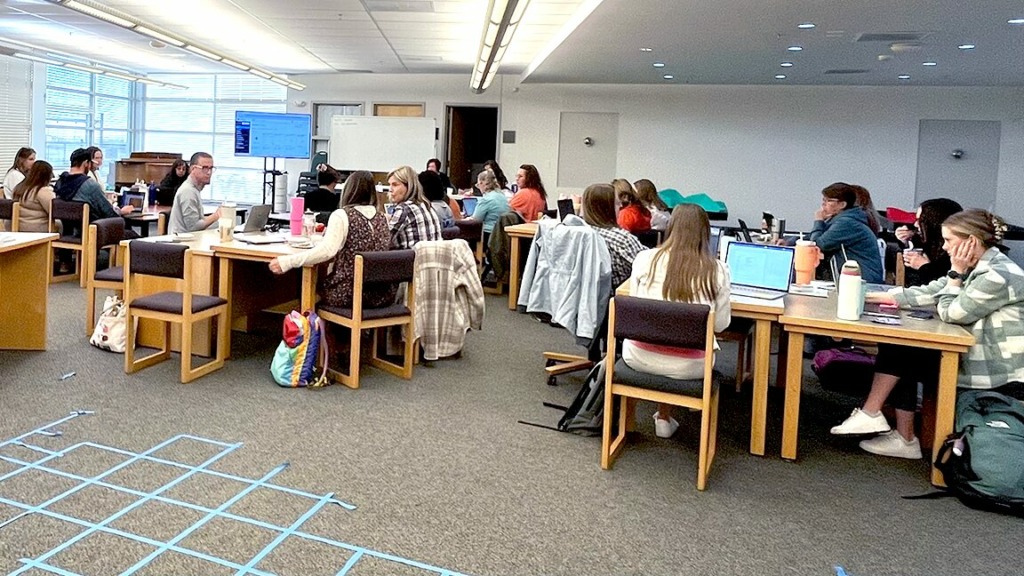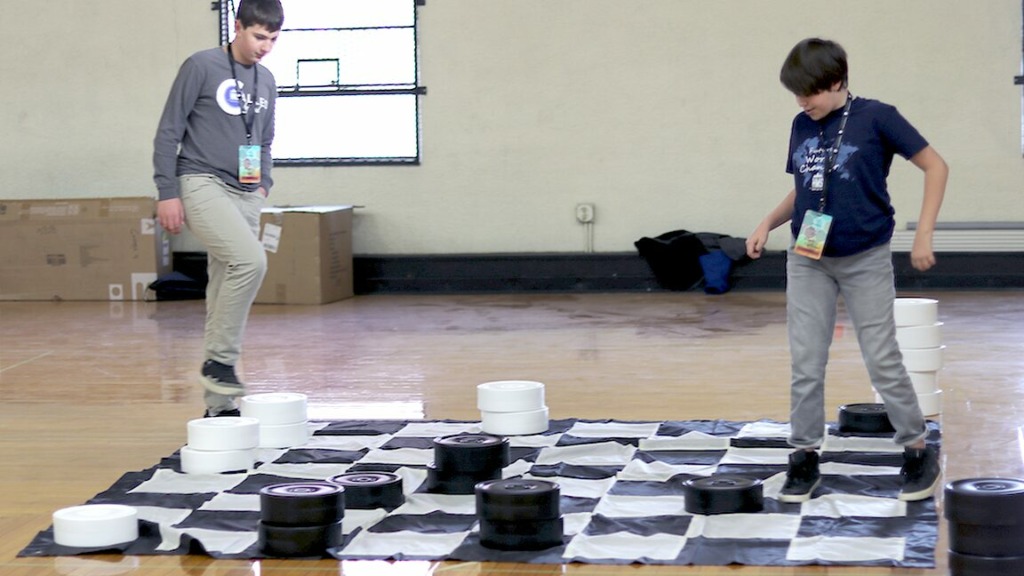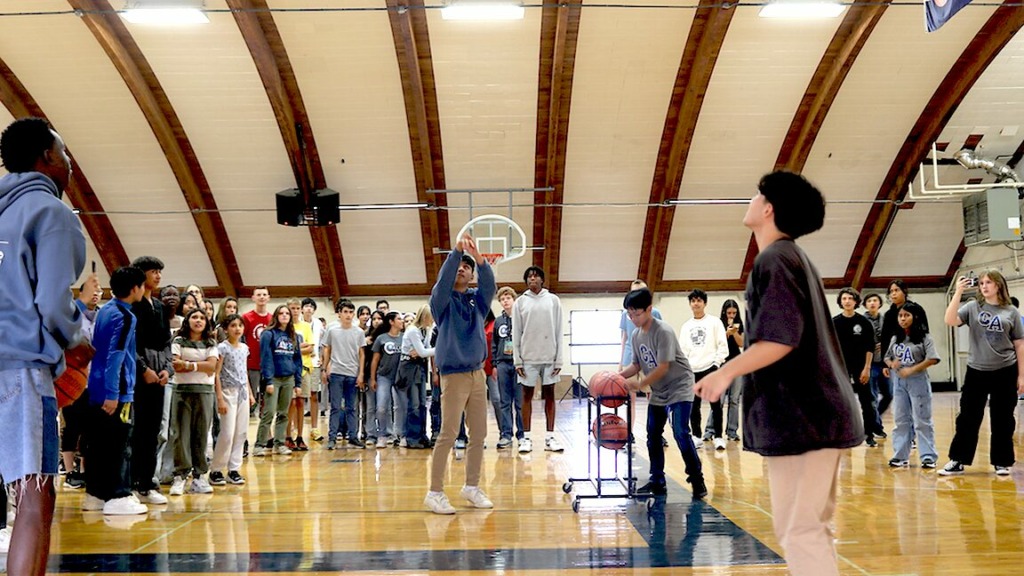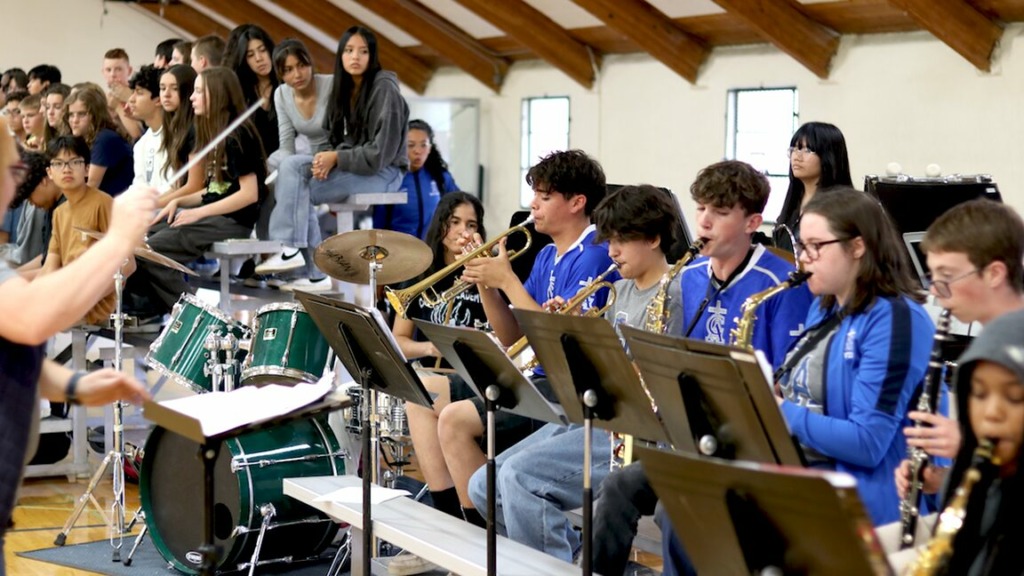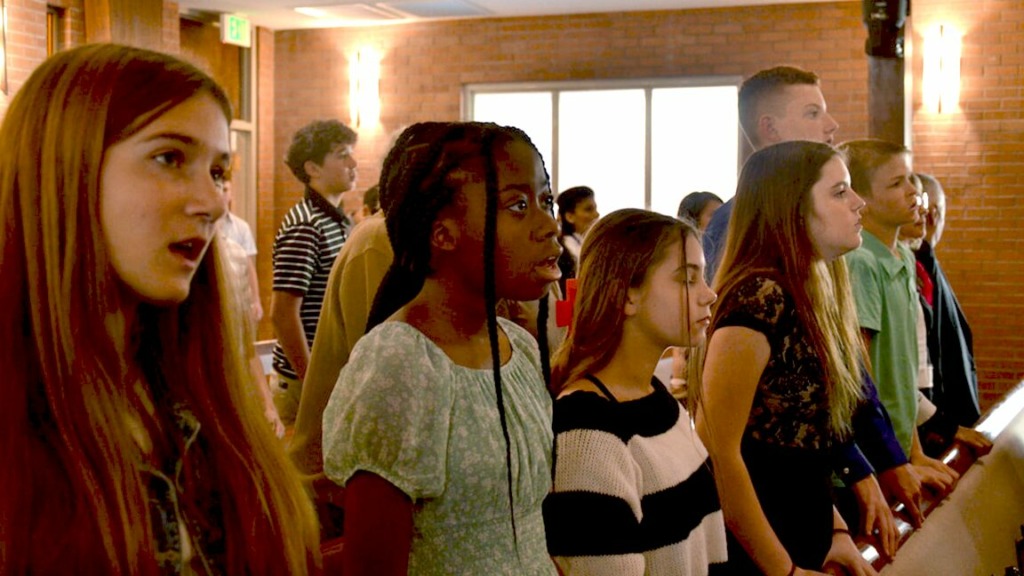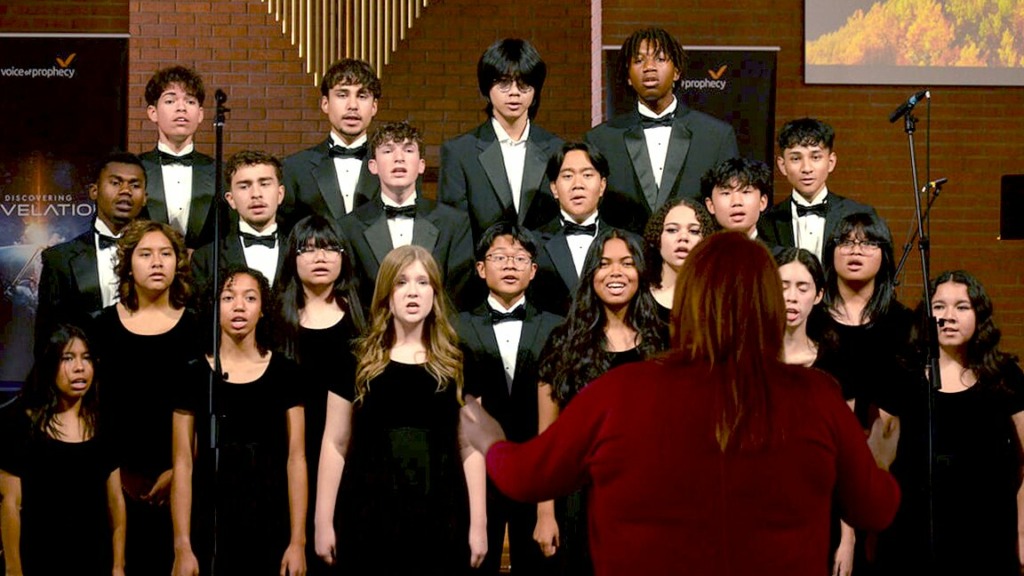An era in which old orthodoxies are dying, new ones are emerging,
and very few things seem to make sense.
– Ziauddin Sardar
There is tension in today’s world between the order of the old age and the chaos of the current age—a sense that we are in a transitory phase and either headed toward rigid regimentalism or post-legal anarchy where law is no longer applied consistently or predictably and where traditional media objectivity is degraded to the point that people no longer trust it to sort out what is occurring.
This in-between time we are currently experiencing is what British-Pakistani scholar Ziauddin Sardar calls “Postnormal Times” or PNT. He describes PNT “as an era in which old orthodoxies are dying, new ones are emerging, and very few things seem to make sense.” 1
According to the Centre for Postnormal Policy & Futures Studies, “PNT is a product of the forces shaping our globalized, networked world: accelerating change, uncertainty, and ignorance.”
Previously, people received news and opinions as distilled in printed publications and a few short news programs. Lay opinions were shared privately between friends and, if publicly, in carefully curated “letters to the editors.” Investigative journalists reviewed subjects that they thought were important, and they knew that deference was the key to maintaining their sources.
Today, opinion drives the news, which rages through society in massive, repetitive torrents. Consumers pick their favorite flavor and load up on it exclusively, sharing their views to unlimited audiences from their phones that they take with them everywhere. To capture even a fraction of its prior audience, which is now massively diluted, the media actively attempts to drive its listeners to anger against their opponents. There is no longer a shadow of balance in most news programs, with many openly stating that to platform opposing views is tantamount to committing violence. Ordinary people present their opinions without any editorial filter in raw and emotional ways.
This chaos has not gone unchallenged by those who wish to curate public dialogue. During the 2020 election cycle, views that opposed “the science” of vaccines were actively blocked on social media platforms. Those who dared to share the “discredited” Hunter Biden laptop story were called “conspiracy theorists.” As people were compelled to “stay home” during COVID, their primary means of communication was through highly filtered and funneled popular social media platforms. At the same time, government organizations tried to tell the corporate platforms what they should allow people to say about the most pressing issues of the day, and what they should disallow. Independent platforms sprung up to counter the censorship. Still, they were quickly delisted from the Apple and Google app stores and considered dangerous.
The censorship regime, as a counter to the chaos, gained tremendous power until Elon Musk purchased Twitter to allow a platform for free speech. This was considered a dangerous move, with Musk derided as some sort of free speech anarchist because he refused to censor political speech or scientific opinion that went against the narrative.
The formerly dominant media enterprises faded into the background, and Twitter, now X, became the primary source for finding current news as it was happening. If the media will not release the photo or name of a suspect in a mass killing, somebody on X will. Suppose a cable news channel refuses to show a political candidate’s speech. In that case, it will be carried live on many social media platforms. If the media does not describe all sides of an issue, a quick search will reveal endless perspectives. Information is democratized, and this itself is ironically considered by some in the established media as a “threat to democracy,” which they alone define and defend. View counts show that independent media on YouTube often meets or exceeds the number of people watching traditional media outlets online. Many people search for news by the story. They don’t have time to wade through what’s next if it doesn’t interest them.
So, is this sustainable? If PNT is to be applied, probably not. We’re definitely living through a time of accelerating change and uncertainty. So many people are now involved in sharing ideas with vast audiences that pop into their heads, and ignorance is increasing as well.
However, just as the printing press threatened the Medieval hierarchy by making it possible for one person to have their exact idea quickly spread throughout a region, the Internet posed a threat to the established order on an international scale.
Musk’s latest battle with the Brazilian government exemplifies this tension between old rigid information management and modern chaos. The government is asking him to stop certain forms of speech, and he’s refusing to do so, potentially subjecting him to fines and criminal penalties.
I would propose that we are at a crossroads between chaos and consistency. This was the status quo before the rule of law became the norm in the West, and faithful maintenance of a constitutional order that risks causing inconvenience to the enforcer is a human anomaly. It is hard to see exactly what will happen next. Still, perhaps the first step is to recognize that we are, in fact, at a time of chaos when the old ways of sharing information are closing, and a new set of rules will emerge. This is a time when few things seem to make much sense and concepts like the rule of law and constitutional principles of freedom of speech and free exercise of religion may be turned on their heads in service to the political expediency of a few.
And seeing this and knowing that these foundations are in danger of shifting and fracturing, what can we do? According to Sardar, PNT cannot be “controlled” or “managed” but only navigated. A taxonomy of unknown events can help organize these ideas.
The Postnormal Zoo
There are three major types of PNT categories identified in the “Menagerie of Postnormal Potentialities.” 2
BLACK SWANS are events nobody could accurately predict and can be devastatingly troubling or very positive. They are named after a type of bird that was thought not to exist until it was discovered in Australia. It is hard to think of retrospective examples of these deus ex machina-type occurrences because, if you were to examine them, in most cases they’d appear as if they had been products of the Black Elephants or Black Jellyfish described below.
BLACK ELEPHANTS are extremely likely and widely predicted events that most people ignore. Like the proverbial “elephant in the room.” According to Vinay Gupta, they are “high probability and high impact as seen by experts if present trends continue, but low credibility for non-expert stakeholders.” Examples of Black Elephants would be the recent pandemic or economic or climate change issues. People who do not actively follow them often initially consider them Black Swan events.
BLACK JELLYFISH are postnormal phenomena that are not easy to foresee but can escalate rapidly or instantaneously as jellyfish blooms can happen in the ocean. This is often characterized by “things we think we know and understand but which turn out to be more complex and uncertain than we expect.” It can be thought of as small things that dramatically increase in scale to the point where they are dominant. In a way, social media is a Black Jellyfish—the Internet has been around for decades but the emergence of many “super-empowered individuals armed only with smartphones” going to war against the established media could be considered a Black Jellyfish event. An even more striking example is the rapid expansion and increasing dominance of Artificial Intelligence.
There is a good analysis of how the war in Ukraine is a postnormal event3 where the war has primarily been reported in a decentralized manner on social media through memes, videos, and social media posts. The established media is working backward to assemble that information into stories rather than providing primary reporting on what is happening on the ground using war journalists.
It’s hard to tell what will happen next since this is a transitory phase. Granted, PNT categorization may be highly subjective and controversial, but PNT analysis might provide a helpful method of organizing our understanding of current events in some sort of taxonomy instead of viewing them only in terms of a chaotic cloud.
For people of faith, trust in the unwavering goodness of God provides an eternal thread of hope and order in the midst of an increasingly chaotic world.
Before the mountains were brought forth, or ever thou hadst formed the earth and the world, even from everlasting to everlasting, thou art God (Psalm 90:2, KJV).
Recalibrate:
- What are the main characteristics of “postnormal times” as described in the article, and how do they differ from previous historical periods?
- How can understanding the concept of postnormal times help us navigate current global challenges and societal changes more effectively?
- What role does faith and spirituality play in making sense of the chaos and uncertainty of postnormal times, according to the article? How can these perspectives provide comfort and guidance?
Michael Peabody, Esq., is an attorney in Los Angeles, California. He has practiced in the fields of workers compensation and employment law, including workplace discrimination and wrongful termination. He is a frequent contributor to Liberty magazine and edits ReligiousLiberty.TV, an independent website dedicated to celebrating liberty of conscience. Reprinted with permission. Mailing address: Founders First Freedom, PO Box 571302, Tarzana, CA 91357.
2 https://postnormaltim.es/essentials/menagerie-postnormal-potentialities
3 https://postnormaltim.es/insights/nadiya-part-3-scrolling-down-first-tiktok-war

